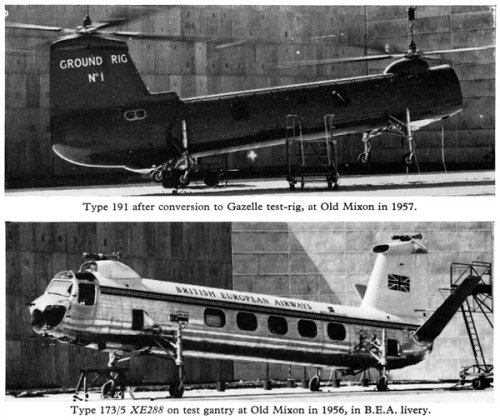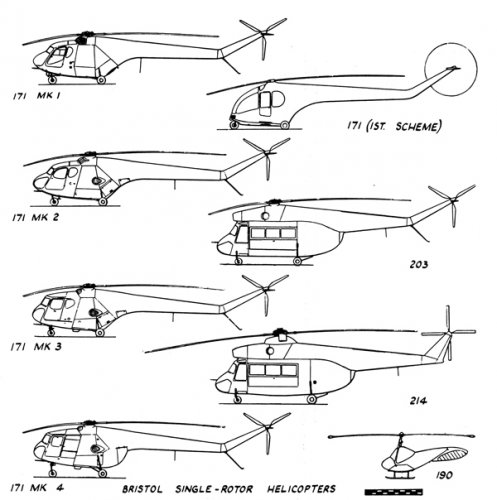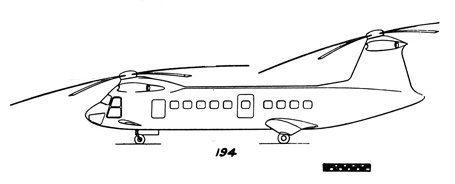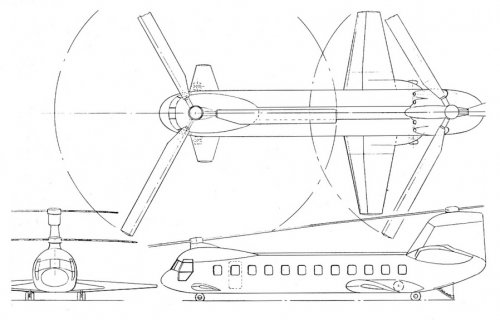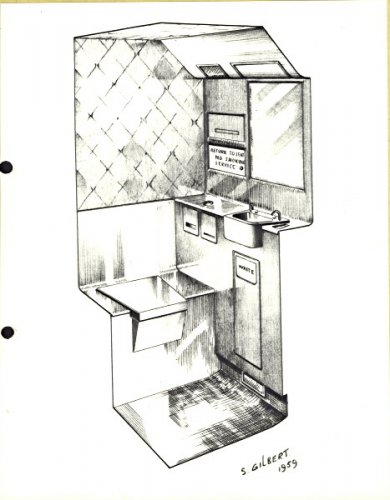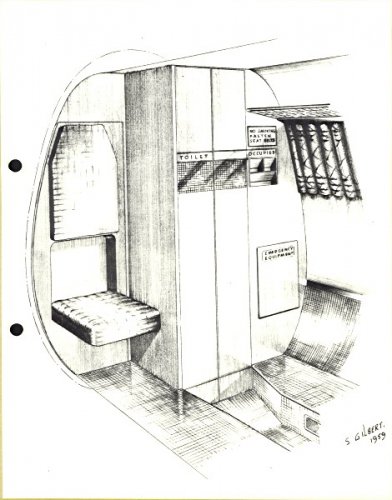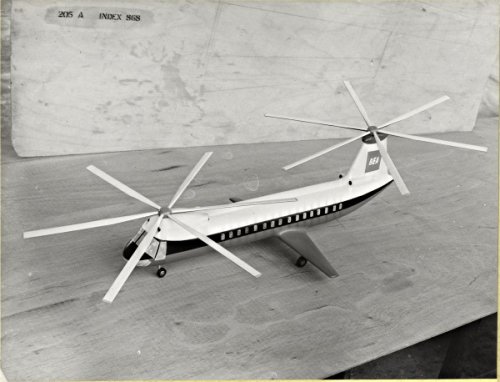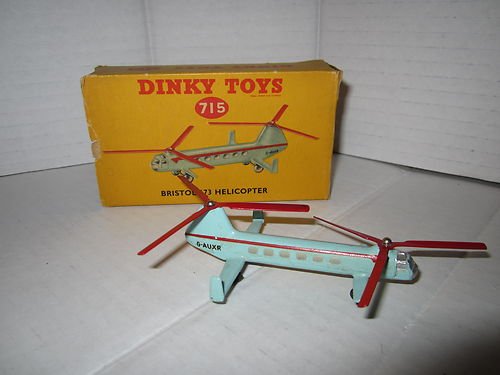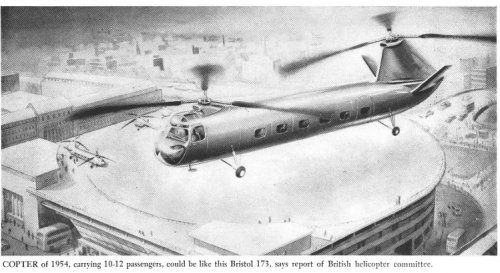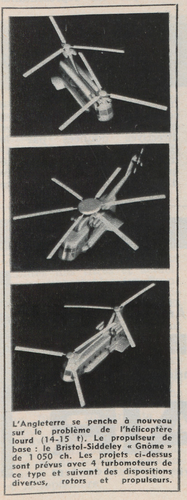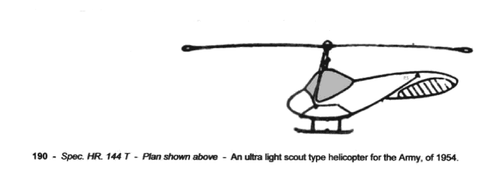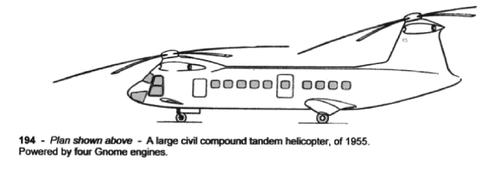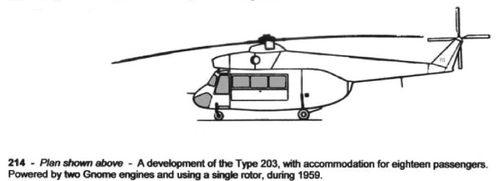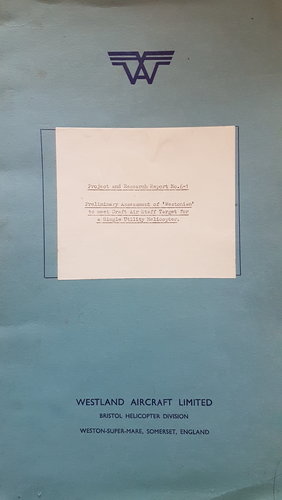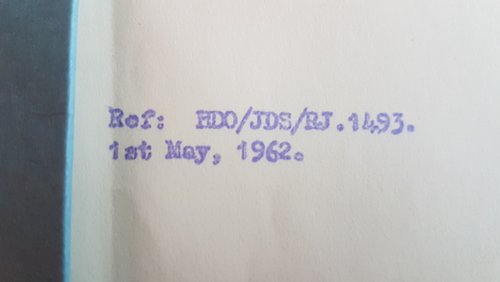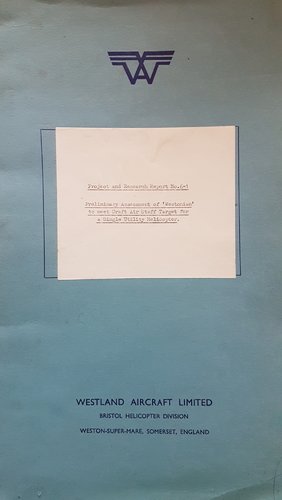- Joined
- 22 April 2012
- Messages
- 2,270
- Reaction score
- 2,045
The Bristol 191 was intended as the Royal Navy ASW version of the Belvedere (Type-192) and was developed from the Type-173 with uprated engines and modified under carriage etc etc. According to 'Vanguard to Trident' (Eric J Grove) 68 had been ordered to fulfill half of the RN's ASW aircraft requirement. This leaves me a with a number of questions,
1)Why in the late 50s was it cancelled in favor of the Whirlwind, there are some suggestions of development difficulties although only 3 were built and they were all static (I dont know the validity of the last piece of information)?
2)Was it intended to be operated from ships? The types size and layout rather suggests that it would have been somewhat awkward for shipborne use?
3)Does anybody have any details about the equipment fit or appearance? Pictures of any form, artists impressions etc etc, would be very greatly appreciated!?
Edit: I have just found the below linked website, states that a shortened fuselage and folding rotor blades would have been used enabling it to be used with standard carrier deck lifts.
If anybody has any pictures or images of any sort it would be great to see them!
Also if anybody has any details and/or images about the Types 203 and 214 (or any other never were Bristol helicopter designs) I would be great to see it!
1)Why in the late 50s was it cancelled in favor of the Whirlwind, there are some suggestions of development difficulties although only 3 were built and they were all static (I dont know the validity of the last piece of information)?
2)Was it intended to be operated from ships? The types size and layout rather suggests that it would have been somewhat awkward for shipborne use?
3)Does anybody have any details about the equipment fit or appearance? Pictures of any form, artists impressions etc etc, would be very greatly appreciated!?
Edit: I have just found the below linked website, states that a shortened fuselage and folding rotor blades would have been used enabling it to be used with standard carrier deck lifts.
If anybody has any pictures or images of any sort it would be great to see them!
Also if anybody has any details and/or images about the Types 203 and 214 (or any other never were Bristol helicopter designs) I would be great to see it!
Last edited:

